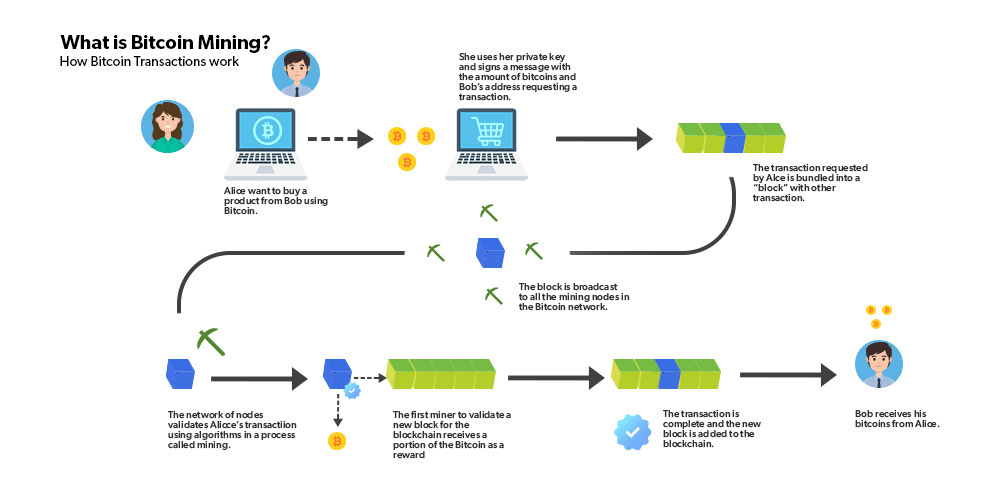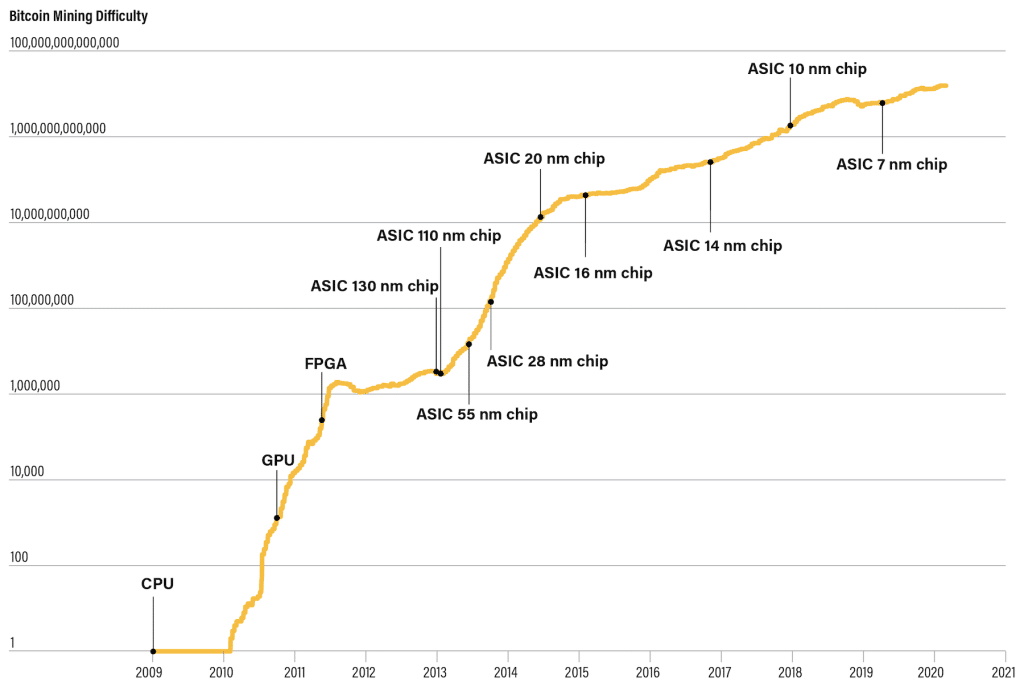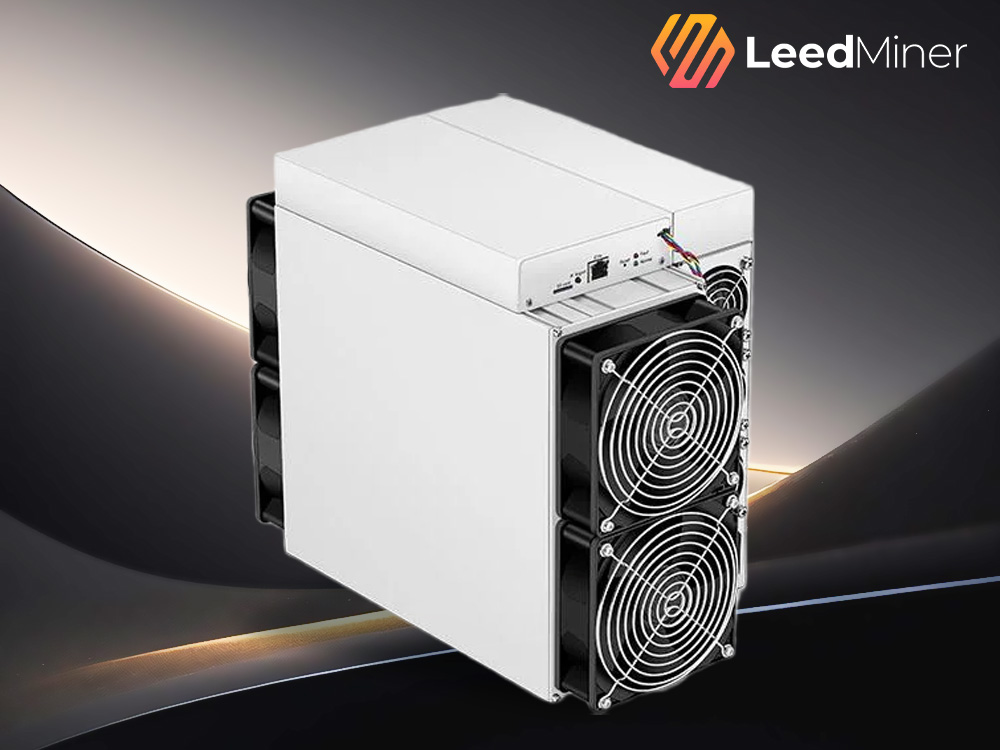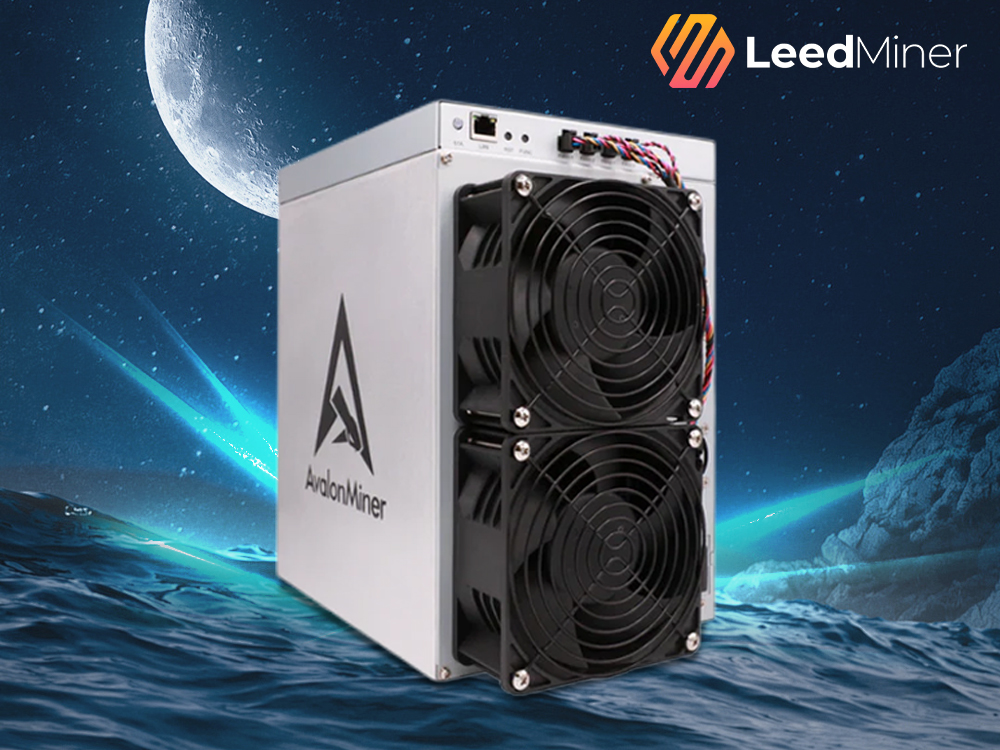Bitcoin mining GPU
Bitcoin, the pioneering decentralized cryptocurrency, has experienced a remarkable surge in popularity during the recent years. As more people become interested in obtaining Bitcoin, one question that often arises is, “How many GPUs are needed to mine 1 Bitcoin?” In this comprehensive article, we’ll dive into the intricacies of Bitcoin mining. Examines the various prerequisites and factors that need to be considered and reveals the exact number of GPUs required to successfully mine a single unit of this digital currency.
Bitcoin mining is the process of validating transactions and adding them to the blockchain, the public ledger that records all Bitcoin transactions. By harnessing computational power to solve intricate mathematical problems, miners are incentivized with newly minted Bitcoins as a reward.

Understanding Bitcoin Mining
To comprehend the number of GPUs required for mining 1 Bitcoin, it’s crucial to understand the mining process. Miners compete to solve a cryptographic puzzle known as Proof of Work (PoW), which involves finding a hash value that satisfies certain criteria. This computational process requires significant computational power and energy consumption.
The Role of GPUs in Bitcoin Mining
In the early days of Bitcoin, mining could be performed using central processing units (CPUs). However, as the network grew and the difficulty increased, CPUs became inefficient for mining. This led to the adoption of graphic processing units (GPUs) due to their parallel processing capabilities, making them more suitable for the computational requirements of Bitcoin mining.
Factors Affecting Mining Efficiency
Several factors influence the efficiency of Bitcoin mining:Hash Rate
The hash rate refers to the computational power of a mining device or network. A higher hash rate means more computational power, leading to increased mining efficiency.
Energy Consumption
Bitcoin mining is an energy-intensive process. The more GPUs you utilize, the more energy you will consume. The profitability of mining operations can be substantially influenced by the expenses incurred in energy consumption.
Mining Difficulty
Mining difficulty refers to the complexity of the mathematical problems miners must solve. As more miners join the network, the difficulty increases, requiring more computational power to mine a Bitcoin.
Early Days of Bitcoin Mining
During the early days of Bitcoin, it was possible to mine using a standard CPU. However, as the network grew and the difficulty increased, mining with CPUs became impractical.
Transition to GPU Mining
GPUs offered a significant improvement in mining efficiency due to their ability to handle parallel computations. Miners quickly transitioned to using GPUs, which provided a substantial increase in hash rate.











